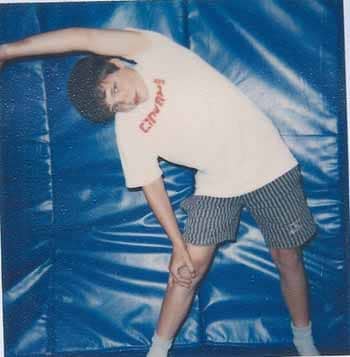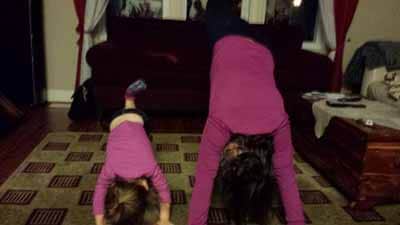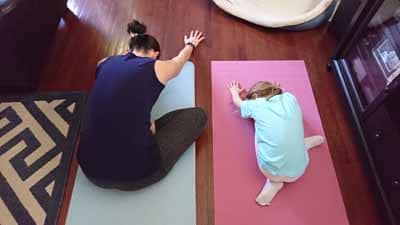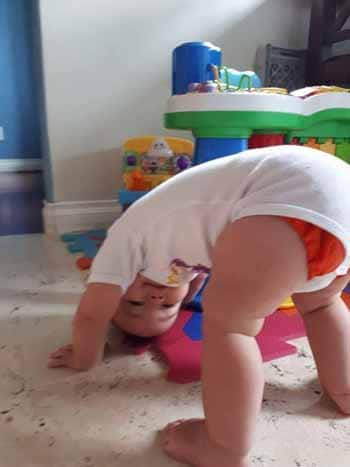Cats, Trees, and Bridges: Yoga for Children

Maria Montessori, an Italian physician and educator best known for her philosophy of education, is quoted as saying, “The development of the mind comes through movement.”
Yoga is movement, yoga uses imagination, yoga is about playing with the body, the mind and the spirit, and yoga is about the union of these three.
Yoga for children offers this in a perfect way, as children love to move, love to copy, love to repeat, love to learn, love to use imagination and love to use all the senses. With these qualities children and yoga fit together well if it is taught in a fun, active way. Bodies are meant to move and children inherently know this! Studies show we need to continually move. In order to be healthy and work efficiently, our joints, muscles, circulation system, digestive system and all our other internal organs need to be moved and used. This is especially important for growing and developing children.
Children learn best through play. One definition of play from Eyre in 1984 states: “What joy is in the heart! The joy of work, and of hard, purposeful effort, the joy of singing, the joy of sport and activity, the joy of tenderness and physical touch, the joy of controlling physical things!” This could also be a definition of yoga for children.

There are three main aspects when teaching yoga to children:
- Learning about the body – developing coordination, balance, strength, flexibility, breath; discovering how different parts of the body work together, how breath can change how the body works;
- Caring for others – learning that others can do things the same or different from me; others have the same body as I do, though some have parts of the body that do not work the same way; we all feel warm when we touch each other; we all have feelings; developing a sense of empathy, compassion, caring for family and community;
- Having fun while moving, breathing, helping each other, imagining, playing.
Yoga can be an extremely important aspect of a child’s life. In our society today, even very young children can have incredibly structured, busy, competitive lives. Many of the cultural ideals in our world today constantly tell us what is wrong with us and the way we do things, causing stress. In our technological world, children spend much of their time in front of a television, or other screen. When they do exercise, it is often regulated, competitive, adult directed and often indoors. Sometimes children are pushed beyond their physical limits in order to perform and win.
If yoga is practiced, a child’s life can become more balanced by reducing stress and anxiety disorders (which young children are susceptible to) by stretching and strengthening muscles without competition, by learning how to relax, by learning breathing and concentration techniques, and by having children go inward and begin to meditate.
All the asanas have names that stimulate the imagination of young children, and they have all the same benefits as adults when practiced. When doing partner work, children learn about how others move and breathe, and they can learn to cooperate and help each other. By using stories, songs and asana flows, children can really have fun while they become healthy in their bodies, minds and spirits.

Enjoy the moving body! (all photos are of family members)
 Dorothy Fizzell, E-RYT500, SOYA. Dorothy has been teaching yoga for over 20 years and has specialized in yoga for children. Sheis co-leading the SOYA teacher training in Pitt Meadows this fall. Dorothy draws on years of experience working in Child Care Resources and leads workshops for Child Care workers in the lower mainland.
Dorothy Fizzell, E-RYT500, SOYA. Dorothy has been teaching yoga for over 20 years and has specialized in yoga for children. Sheis co-leading the SOYA teacher training in Pitt Meadows this fall. Dorothy draws on years of experience working in Child Care Resources and leads workshops for Child Care workers in the lower mainland.
(all photos are of family members)


Recent Comments